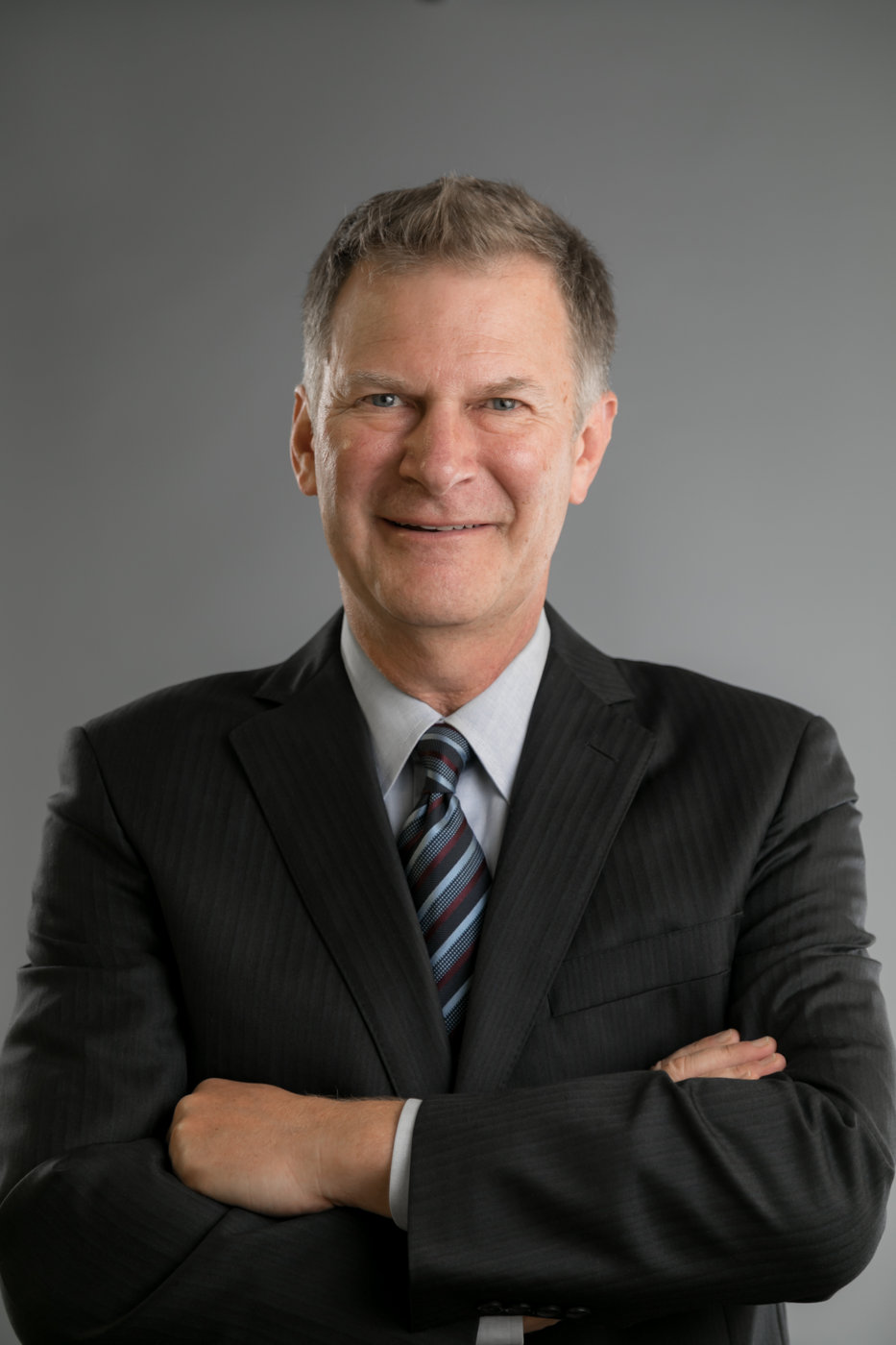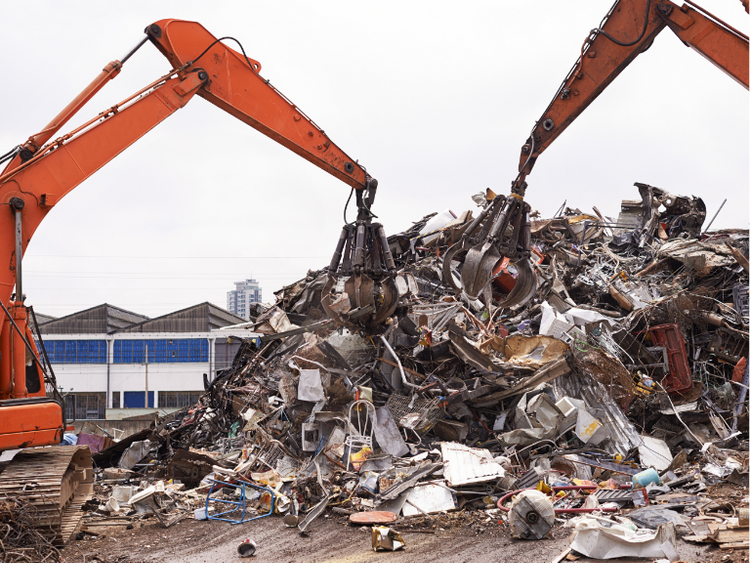Scrap Prices North America

INTERVIEW: Stickler Sticks With Proven Model for New Hybar Minimill
Written by Laura Miller
November 7, 2022
Sticking with a business model that’s proven successful over the past three decades, David Stickler and his team at Global Principal Partners (GPP) hope to make their next endeavor with Hybar’s two new rebar minimills another prosperous one.
Steel Market Update sat down with the industry veteran this week in an exclusive interview to discuss his hopes and plans for his latest project.
 Sticking with a Successful Business Model
Sticking with a Successful Business Model
Stickler, now senior managing partner at GPP and CEO of the newly-formed Hybar company, has 30 years of experience in developing greenfield steel minimill projects.
He was among the founding members of Steel Dynamics Inc. (SDI) during its entrance into the steel industry in the early 1990s. He was also part of the investor group that started up the SeverCorr LLC mill in Columbus, Miss., that is now part of SDI. That mill broke ground in 2005 and began full production in 2007.
GPP was also a partner in the development of Mississippi Silicon LLC, which began production in 2015, just over two years after construction of the silicon metal mill began. And in 2014, GPP broke ground on the Big River Steel flex mill® in Osceola, Ark., with its first processing lines becoming operational 19 months after groundbreaking. All of those projects were subsequently expanded with GPP involvement.
Stickler now plans to use the same model used to successfully start up those mills and several other overseas mills for the Hybar rebar mills.
First, he’ll start small: Hybar, which is registered in the state of Delaware, is starting with just three employees. Second, collect a lot of capital: Hybar currently has $600 million in the bank. Then, begin entering into the appropriate arrangements for power, rail, economic incentives, and technology procurement, and eventually start adding staff as needed. Hybar plans to evolve over time to a staff of 150–160 people, with an additional 40–50 in indirect support positions.
Construction of the first mill should take 22 months with startup planned early in 2025.
Why Rebar and Why Now?
“I’ve had my eye on the rebar market for a number of years, and right now you can see a number of events that support the development of a rebar company,” Stickler told SMU.
The first leg of the support stool, Stickler said, is the expected increase in demand from infrastructure spending — on bridges, tunnels, port facilities, new healthcare facilities, continued educational spending, and residential high-rise buildings — in both the US and Canada.
There will also be ongoing maintenance of structures needed, some of which will be government-supported, some of which will be supported by private developers.
With the planned startup of the first Hybar mill in the first quarter of 2025, Stickler believes it will coincide with the “sweet spot” of infrastructure spending.
“There’s a lot of infrastructure projects that are in the pipeline or in the planning stages. By the time they get to a point where they have completed engineering and are going out and buying construction materials, that’s just about the time we’ll be coming online with our rebar,” he stated.
“The second leg of the stool is the recognition that long-extended supply chains are something of the past,” he said, noting that those importing rebar into the US have found it increasingly more challenging to do so in the last three-to-four years. And “that’s not going to change.”
The third, “and probably most important leg of the stool,” is that consumers — government entities, private developers, school administrators, and others — “They’re all looking to source their construction materials from sustainable suppliers,” Stickler pointed out.
And Hybar plans to be a leader when it comes to energy and water efficiency as well as carbon emissions reductions.
“At Big River, we were the world’s first LEED-certified steel producer, and that paid significant dividends to us in terms of customer interest and ultimately customer acceptance and orders. We expect the same thing to happen on this rebar mill, especially as people really are focused on green building activity,” he said.
Stickler said he doesn’t anticipate customers being willing to pay higher prices for ‘green’ rebar, but “if I’m selling environmentally-sustainable rebar for the same price as rebar from an older, more antiquated facility that emits more carbon per ton of steel, we’re going to get the order — it’s a tie breaker,” he said.
Overcapacity in Rebar?
Hybar’s first mill in Osceola, Ark., will have a rated annual capacity of 600,000 net tons when it comes online in 2025.
“Typically, within the first year, our employees figure out a way to pump out an extra 10–15%, so it wouldn’t surprise me that within the first year we’re getting close to 700,000 tons,” Stickler said.
Groundbreaking for Hybar’s second mill is anticipated to occur in the second quarter of 2024. The mill will, in all intents and purposes, be a twin mill to the first, also with a rated capacity of 600,000 tons per year and built by the same contractor. Having a twin mill will allow the company to share spare parts, cross-train employees at both facilities, and ensure its customers can receive the same quality product from both mills.
While Hybar has picked out a general geographical location for the second mill, site selection is ongoing with a location announcement anticipated within 12 months.
Hybar’s capacity additions combine with other companies’ announcements to guarantee there is no shortage of domestic rebar capacity in the coming years.
Commercial Metals Co.’s Arizona 2 project — its third rebar and merchant bar micromill — is set to start up in the spring of 2023. And the company is in the site selection process for its fourth rebar micromill, to be located in the eastern US.
Nucor is building a $350 million, 430,000-tons-per-year rebar micro mill in North Carolina, as well as adding a 600,000-tons-per-year melt shop to its Kingman rebar and wire rod mill in Arizona, with startup planned for 2024.
But Stickler isn’t worried about overcapacity or the competition.
“Ever since I started doing this almost 30 years ago, everybody told me: ‘Dave, there’s just a lot of capacity in the market. There are so many tough competitors.’ But time and time again, we’ve proven that we can become the employer of choice in the areas that we operate,” he said.
By paying its employees well and empowering them to work for an entrepreneurial company, “We’re going to win this again,” he said.
Sticking with Steel, Staying Out of Scrap
Additionally, Stickler said, many of the companies engaged in the rebar market, although very good companies, have become incredibly large and entangled in various other businesses, such as scrap processing, fabrication, and financial services.
“We’re going to do one thing: Convert scrap metal into steel. We’re pretty good at doing that,” he said. “We’ll let our customers fabricate and install the rebar. We’ll buy scrap on the market every month … from those that are better at processing. I don’t want to try to be everything to everybody. I want to do what we do best, which is to convert scrap into high quality steel.”
With a proven track record of doing so, Stickler looks to be setting up Hybar to be another successful undertaking.

Laura Miller
Read more from Laura MillerLatest in Scrap Prices North America

HRC vs. prime scrap spread widens in June
The price spread between HRC and prime scrap widened in June.

Ferrous scrap pricing sideways in June
Ferrous scrap prices in the US have remained stable from May to June.

HRC vs. scrap spread widens over $150/ton in March
The HRC vs. prime scrap spread increased again in March.

HRC vs. prime scrap spread increases in February
The price spread between hot-rolled coil (HRC) and prime scrap widened in February ahead of the implementation of President Trump’s tariffs on steel.
HRC vs. prime scrap spread narrows again in January
The price spread between hot-rolled coil (HRC) and prime scrap continued to narrow in January, according to SMU’s most recent pricing data. While SMU’s average HRC price edged down week over week (w/w), it rose compared to a month ago. The January price for busheling also increased from December. Our average HRC price as of […]
